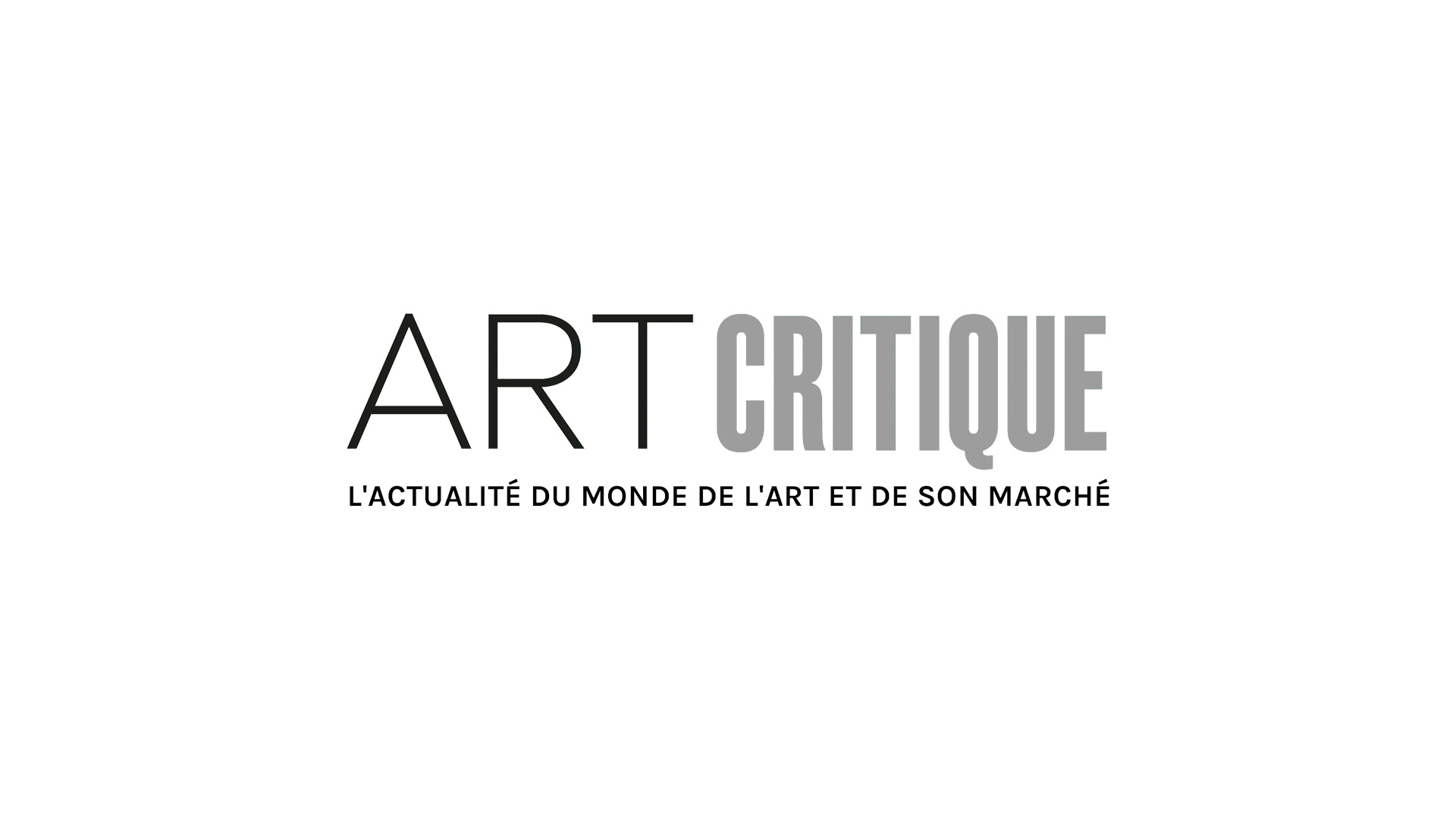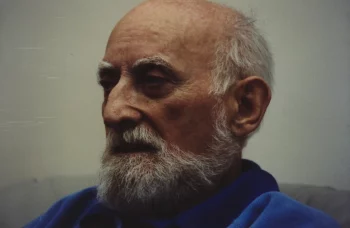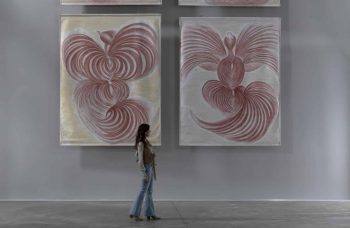After tediously fighting for two artworks by Egon Schiele, the heirs of Franz Friedrich ‘Fritz’ Grünbaum (1880-1941), a famous cabaret singer from Austria and a vocal critic of the Nazi party, are one step closer to possibly bringing the artworks home. On July 16th, a panel of five judges in a New York Appellate court unanimously upheld a 2018 ruling that favoured Grünbaum’s heirs, Timothy Reif and David Frankel, on the return of Woman in a Black Pinafore (1911) and Woman Hiding her Face (1912).
The works are part of a pivotal legal case in the US that began last year and captivated the art world. Bought by Richard Nagy, a London-based art dealer in 2013, the pair of works by Schiele made headlines when then New York State Supreme Court Justice Charles E. Ramos ruled that the artworks should be returned to Grünbaum’s heirs. The ruling was one of the first high-profile cases to utilize the Holocaust Expropriated Art Recovery (HEAR) act, created by congress in 2016, which creates a more relaxed statute of limitations concerning artworks stolen or sold under duress during World War II.
In a phone interview, Ramos told Art Critique that ‘one is always optimistic’ when their ruling is appealed. In this case, Ramos said he was most impressed by the amount of leg work the panel of judges did to come to their 46-page long decision. ‘I’m proud of what they did,’ continued Ramos, ‘They’re a great bench but this was outstanding work.’ Even with the extensive ruling of the panel, this might not be the end of the road for Grünbaum’s heirs if Nagy decides to appeal the decision, again, knocking the case one step closer to the US Supreme Court.

The HEAR act played a role in upholding the ruling as the Appellate Division judges stated that they were ‘informed by the intent and provisions’ of the act. However, their decision was primarily based on the evidence provided giving Grünbaum’s heirs a more substantiated claim to the artworks.
The works in question were from the extensive collection of Grünbaum that at its height, contained 449 artworks. Prior to WWII, he’d acquired a staggering 81 works by Schiele alone. As expected in such a case, the artworks’ respective provenances were critical to the court’s decision. Grünbaum’s heirs claimed that the paintings were signed over under duress during WWII. However, the defendant claimed that the works were inventoried by the Nazis but never taken and eventually fell into the hands of Mathilde Lukacs, Grünbaum’s sister-in-law. From there, the defendant believed that the drawings were sold to Eberhard Kornfeld, a Swiss art dealer, in the years following the war. Those drawings, along with other works by Schiele owned by Kornfeld, were sold together to Otto Kallir, an American art dealer, who then sold them to a number of clients. Finally, Nagy purchased Woman in a Black Pinafore and Woman Hiding her Face in 2013.
[The appellate judges] reject the notion that a person who signs a power of attorney in a death camp can be said to have executed the document voluntarily.
The court found that Nagy had not ‘acted improperly’ in purchasing the works as he believed them to be from credible sources, but they ultimately found that the artworks, now valued at around $7 million together, were taken by the Nazi’s despite papers that were signed saying Grünbaum gave his wife power of attorney over them. The judges said: ‘[w]e reject the notion that a person who signs a power of attorney in a death camp can be said to have executed the document voluntarily.’
Raymond Dowd, the lawyer of Grünbaum’s heirs, said that ‘they are thrilled that the memory of Fritz Grünbaum is being properly honored.’ Barring any further issues, Grünbaum’s heirs plan to sell the artworks at auction in November. As for Nagy, his lawyer, Thaddeus Stauber, said that they were disappointed that the appellate court ‘disregarded the careful expert reports commissioned from respected provenance experts,’ but it is unclear as to if Nagy will pursue any further action.

So, how might this decision affect the future of the HEAR act? While we don’t know exactly just yet, Justice Ramos hopes that the case might help provide some much-needed clarity for future use of the act. If Nagy decides to continue his battle, the case could make it to the US Supreme Court, which would allow better understanding of the confines and reach of the act. ‘New York is a major market for art of this type,’ said Ramos, and whether the case stops here or it continues on, its impact will be felt globally.
‘The tragic consequences’ wrote the judges, ‘of the Nazi occupation of Europe on the lives, liberty and property of the Jews continue to confront us today.’





